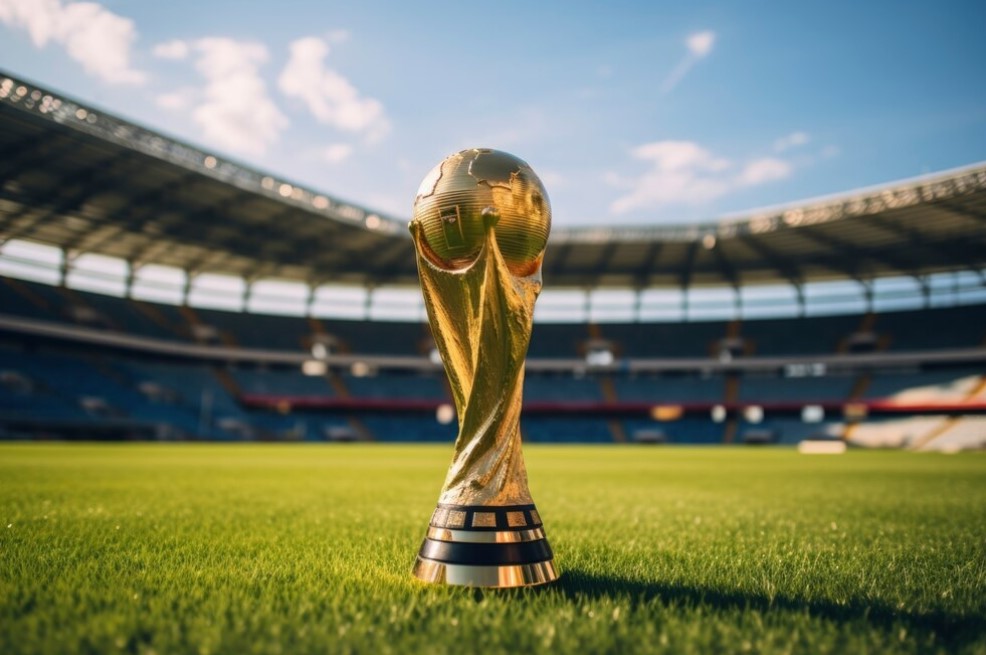The FIFA World Cup is the most anticipated and prestigious soccer tournament globally, but participation isn’t granted; it’s earned. In this article, we’ll delve into the intricate qualification process that national teams must navigate to secure their coveted spot in this sporting extravaganza.
Understanding the Qualification Structure
Before we delve into the specifics of each confederation’s qualification process, let’s gain a comprehensive understanding of the FIFA World Cup’s overall qualification structure:
Confederation Qualification Paths
UEFA (Europe):
- UEFA, the governing body for European soccer, is allocated the highest number of World Cup spots.
- European teams engage in a group stage format consisting of multiple groups.
- Each group winner secures direct qualification, while some group runners-up may also qualify directly or enter playoffs for additional chances.
CONMEBOL (South America):
- South American teams participate in a round-robin tournament known as the “CONMEBOL qualifiers.”
- The top four teams in the qualifiers secure direct berths to the World Cup.
CONCACAF (North, Central America, and Caribbean):
- Teams from this region enter a multi-phase qualification process.
- Initially, teams compete in group stages, followed by knockout rounds.
- The top teams advance to an intercontinental playoff, where they face teams from other confederations for additional World Cup spots.
AFC (Asia):
- Asian teams undergo a multifaceted qualification journey.
- They begin with group stages and then progress to further rounds or playoffs depending on their performance.
CAF (Africa):
- African teams navigate a similar path involving group stages and knockout rounds.
- The winners of specific knockout rounds secure their place in the World Cup.
OFC (Oceania):
- Oceania teams participate in a unique playoff system.
- The winner of this playoff faces a team from another confederation in the intercontinental playoffs.
The Intricacies of FIFA World Cup Qualification
Let’s now explore the nuances of the FIFA World Cup qualification process:
Group Stages
- In many confederation qualification paths, teams are divided into groups.
- These groups typically consist of 4 to 6 teams.
- Teams play each other in a round-robin format, earning points for wins and draws.
- Group winners often secure direct qualification to the World Cup, while runners-up may enter playoffs for additional chances.
Knockout Rounds
- Following group stages, knockout rounds become the focal point of the qualification journey.
- Knockout rounds are typically single-elimination matches.
- The stakes are high, as a single loss can end a team’s World Cup aspirations.
- The number of knockout rounds varies by confederation.
Intercontinental Playoffs
- In some cases, teams must compete in intercontinental playoffs for a chance to secure a World Cup spot.
- These playoffs involve teams from different confederations.
- The matchups can be unpredictable, adding an element of excitement to the qualification process.
- The winners of intercontinental playoffs earn coveted World Cup berths.
Conclusion
In conclusion, the FIFA World Cup qualification process is a complex and demanding journey for national teams worldwide. It encompasses group stages, knockout rounds, and intercontinental playoffs, each with its own set of challenges and opportunities. The quest for World Cup glory is not only a testament to a team’s skill but also their resilience in navigating this intricate path to soccer’s grandest stage.

